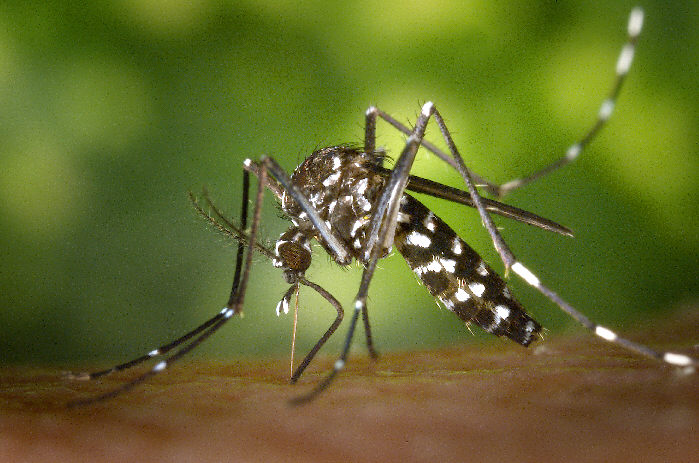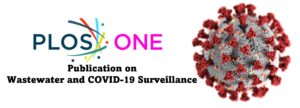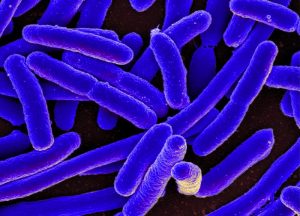Richards SL, White AV, Byrd BD, Reiskind MH and Doyle MS (2018). Evaluation of Insecticide Resistance in Aedes albopictus (Diptera: Culicidae) in North Carolina, 2017. Journal of Medical Entomology. doi:10.1093/jme/tjy216
Abstract
Mosquitoes may develop resistance to insecticide active ingredients (AIs) found in formulated products (FPs) due to environmental exposure from insecticides in mosquito control and/or unrelated to mosquito control, e.g., agricultural, household pest control. Mosquito control programs should implement resistance management strategies by assessing resistance in targeted populations, rotating different classes of insecticides based on resistance testing, and/or increasing insecticide concentration (i.e., saturation, using maximum labeled rate) to overcome emerging resistance. Resistance testing is often done solely on AIs, but should, in some cases, include both AIs and FPs at the concentrations mosquitoes may encounter in the field. The resistance/susceptibility status was determined for adulticides used in mosquito control. Centers for Disease Control and Prevention (CDC) bottle bioassays were used to assess resistance/susceptibility status for eight AIs (i.e., bifenthrin, permethrin, sumethrin/prallethrin, deltamethrin, tau-fluvalinate, chlorpyrifos, malathion, and naled) and eight FPs (TalStar, Biomist 3 + 15, Duet, Suspend Polyzone, Mavrik, MosquitoMist, Fyfanon, and Dibrom) that respectively contain the AIs. Current CDC guidelines were utilized: susceptible (97–100% mortality at diagnostic time [DT]), developing resistance (90–96% mortality at DT), or resistant (<90% mortality at DT). Significant differences were observed in mosquito susceptibility/resistance among and between AIs and FPs.
The full article can be accessed at the Journal of Medical Entomology website.
Photo source: CDC/James Gathany




